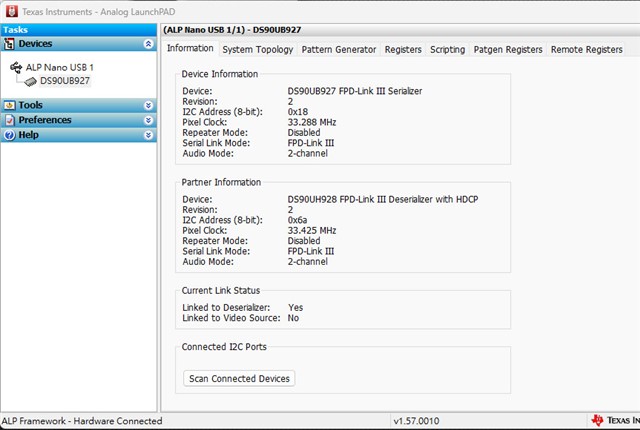Other Parts Discussed in Thread: ALP
HI
I have received the board that our customer needs for testing.
Following the customer's requirements, I issued I2C commands with the aim of ultimately controlling the PWM duty cycle of the MCU.
However, since the PWM did not change, I used a logic analyzer to verify the I2C signals.
I want to send 4 bytes of I2C data, but in actual measurements,
it is being divided into two separate transmissions.
[system block]



[customer MCU I2C command ]








